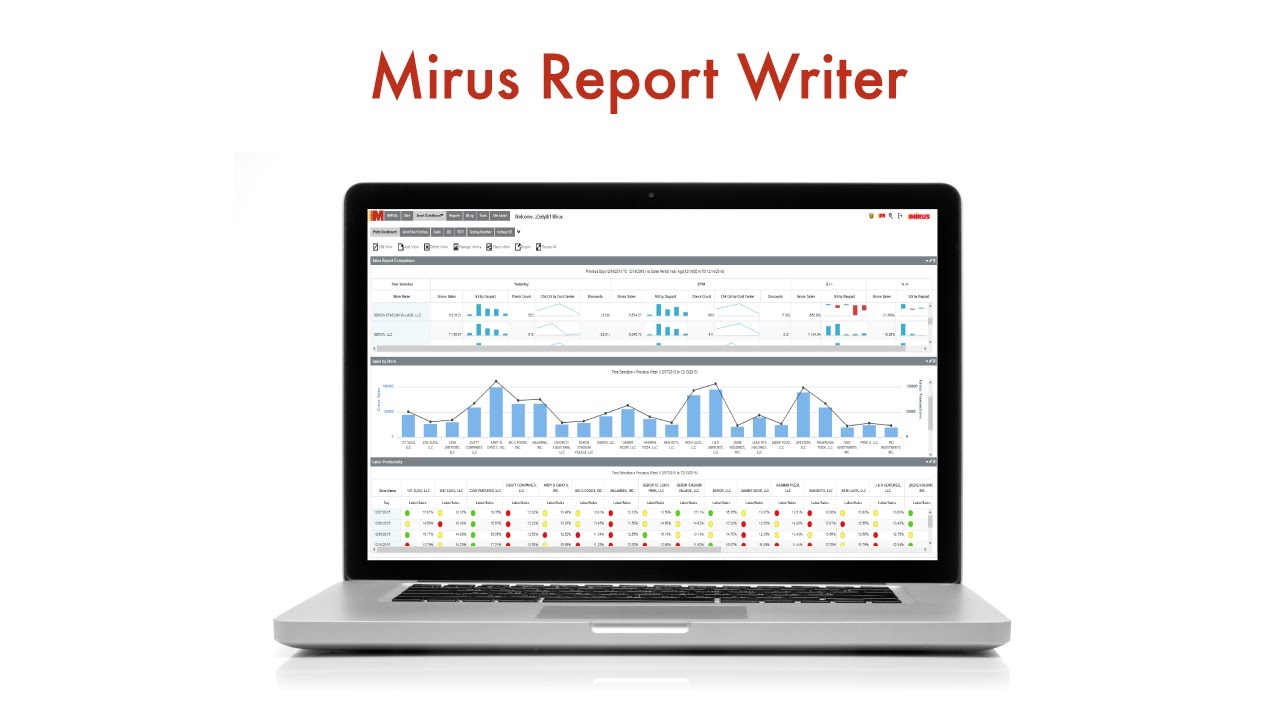Save Time, Save Money
Is time really money? I think so, you only have so much time in a day. If you could save time by making your job more efficient, then you can effectively save money. Improving business efficiency can be achieved through exception based reporting.
What is exception based reporting? Let's say you are responsible for the financial stability of a multi-unit restaurant company. Wouldn't it be nice if you were notified when something is out of the norm? Perhaps, your restaurant managers should get the notifications. Either way, that's what exception based reporting is about. A reporting system that can inform the appropriate people when a custom exception happens. This way the exception can be investigated and appropriate action taken.
These exceptions can trigger alerts for all sorts of factors. Below are 5 labor alerts every restaurant should be receiving:
1. Employee Fraud
- High Discounts
- High Voids
- High Deletes
- High Coupons
An employee who is over discounting, voiding, deleting, or couponing is suspicious. Customizable thresholds can be monitored so that when something out of the norm happens, an alert is triggered. Employees can have devious intentions, don't let yourself or management be in the dark.
2. Productivity
- Upselling (Check out this video)
- Average Wage
- Sales Per Labor Hour
- Number of Checks
- Number of Customers Serviced
Let's say an employee works 40 hours a week but only brings in an average of $10 profit each hour. On the other hand, another employee is working less hours and brings in an average of $20 profit each hour. So why is the first employee bringing in less? Is this employee really a busser? Are they conversing too much? Spending too much time on their mobile?
On the other hand, another employee is working less hours but bringing in more profits. Maybe an appreciation award is in their future? There are many factors to consider when monitoring productivity. Combining other data sources such as speed of service and customer satisfaction can help give you a clear picture of what's going on.
3. Customer Satisfaction
- Tips
- Speed of Service
Let's say a casual dining server is pumping out 8 tables every hour. Another server is going through 6 tables per hour. The first employee has low tip percentages, and accounts for more customer complaints than the second employee. Their customers rarely come back. But the other employee who is averaging 6 tables an hour also brings in more profit through upselling. Who is the better server?
4. Employee Morale
- Early and Late Punch Ins
- High Shift Swaps
If an employee does not want to be working, they tend to have late punch ins, high shift swaps, and may abuse the check in system by punching in early before they actually start working.
An alert for these bad apples can help your managers weed out those who don't enjoy their employment.
5. Overtime
In some states, you have to follow strict labor laws. For instance, in California, an employee can only work 8 hours a day before being in overtime status regardless of how many total hours that employee works in one week. In other states, such as Texas, you can work more than 8 hours in one day but no more than 40 total hours in the week, before overtime accrues.
If your managers on duty could get daily alerts based on the local laws, they could prevent many employees from going into overtime. Instead of having managers spend half an hour each day looking up the employee work hours, you can just set a daily exception that will trigger an alert. 30 minutes a day across a 5 day work week is 2 and a half hours each week the managers could use doing something else. Save time, save money!
Summary
The bottom line, is the data your restaurants produce will always be able to show you what is going on if you use it properly. It can guide your actions to a more profitable and financially stable business. However, be careful not to jump straight into assumptions based on what you believe data is showing you. Become more accurate by combining multiple data sources, such as POS, labor, customer satisfaction, etc.
If you found this topic to be interesting but do not currently have a multi-unit restaurant reporting system, check us out! This is what we have been doing for over 20 years.
Thoughts?
Are you receiving exception based alerts?
About Mirus:
Mirus is a multi-unit restaurant reporting software used by operations, finance, IT, and marketing.
For more information, please visit: www.mirus.com
If you enjoyed this blog, please share this post by using the social buttons at the top of the page and make sure to leave your thoughts in the comment section below!










